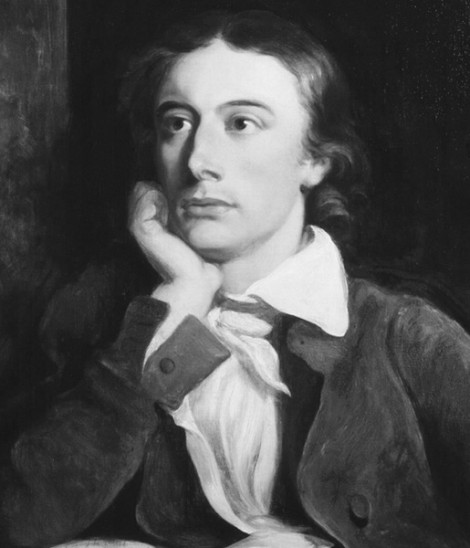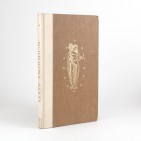KEATS, John
“Much have I travell’d in the realms of gold”
One of the greatest of British Romantic poets, Keats originally studied medicine and gained his apothecary’s license in 1816. However in May 1816 he had published his first poem in The Examiner, and determined to follow his dream of a poetic career. He read voraciously, a habit which undoubtedly inspired his famous “On First Looking Into Chapman’s Homer” which appeared in his first book of poetry, simply entitled Poems, published on 3 March 1817. The book received a number of unfavourable reviews – primarily because Keats had been befriended by Leigh Hunt, who was intensely disliked by many of the literati of the time. Undeterred, Keats changed publishers to Taylor and Hessey, who were enormously enthusiastic about his work. In 1818 they published Endymion, Keats’s longest single sustained poem. Again the publication attracted savage reviews, primarily from Blackwoods and the Quarterly, who “found it exquisitely funny that an apothecary, a fellow who confessedly knew no Greek, who had to read Homer in a translation, should venture on a classic theme". Despite his distress at the vilification of his work, in a creative outburst during 1819 Keats composed some of the most beautiful works of poetry written in the English language. Lamia, Isabella, The Eve of St Agnes and Other Poems, published in the summer of 1820 contains as well as the title poems, his six famous odes, now considered amongst the most acclaimed verse in English. These three publications were all the young Keats was to produce – by the end of 1820 he knew he was dying of consumption and left for Italy where he died in February 1821, aged only 25. He could have been considering his own epitaph, when he wrote to a friend in late 1820 “I have lov’d the principle of beauty in all things”
Please scroll down to see our current stock of Keats's poetry.
Add to favourites



